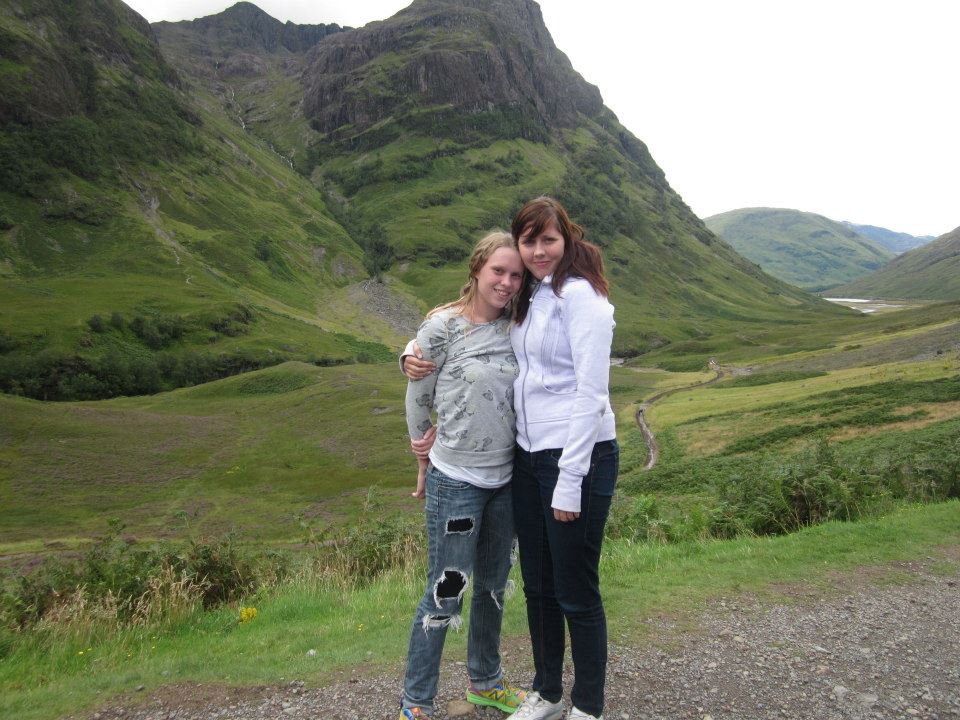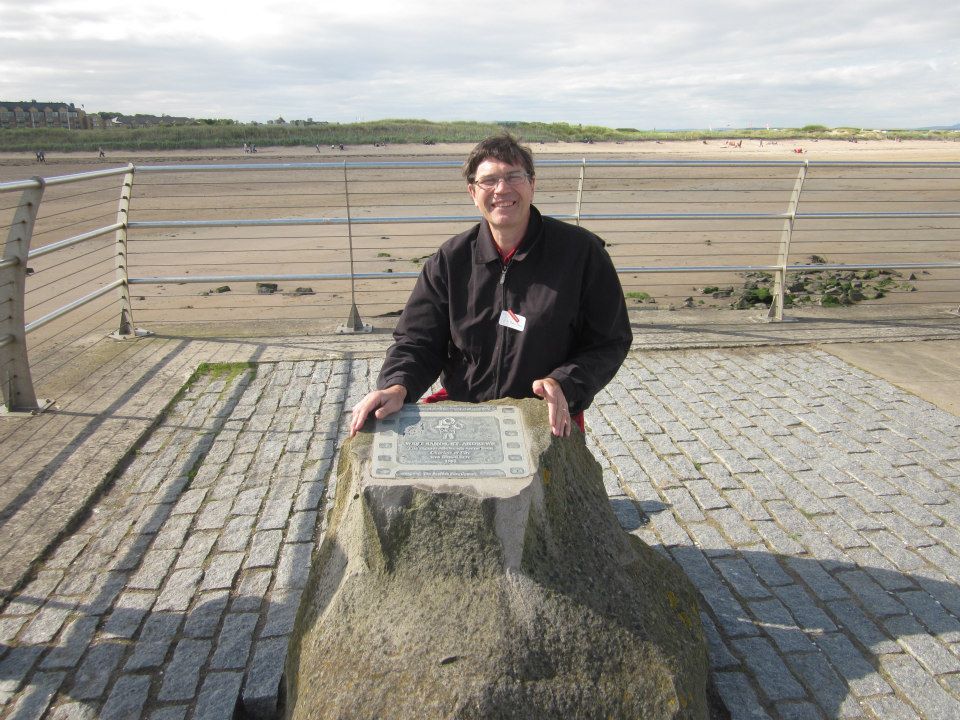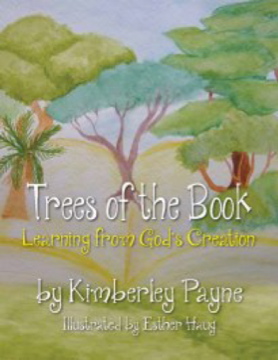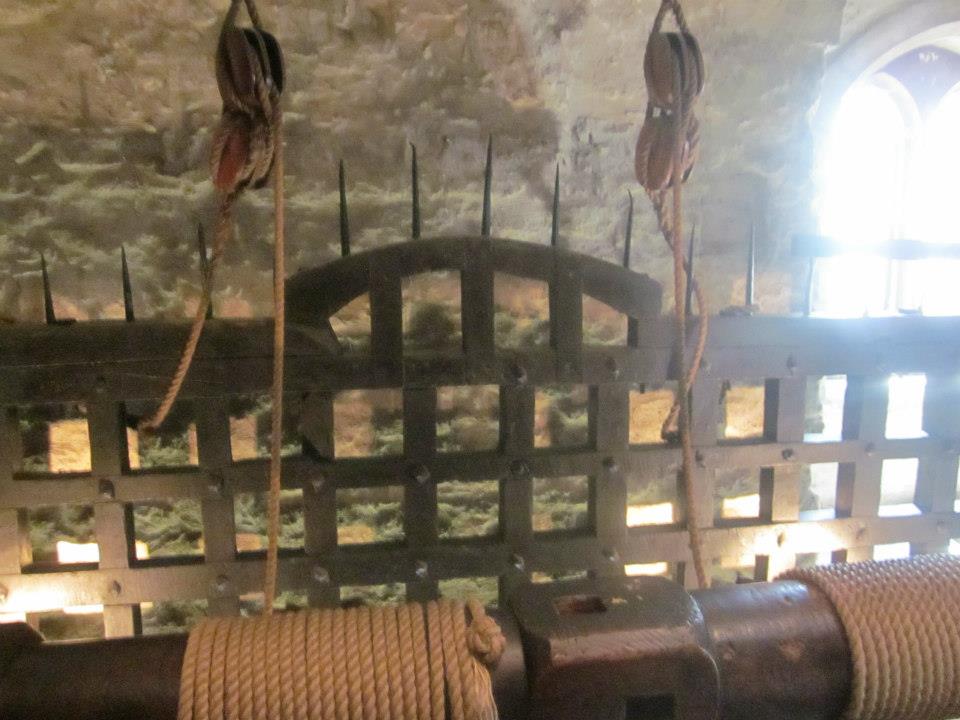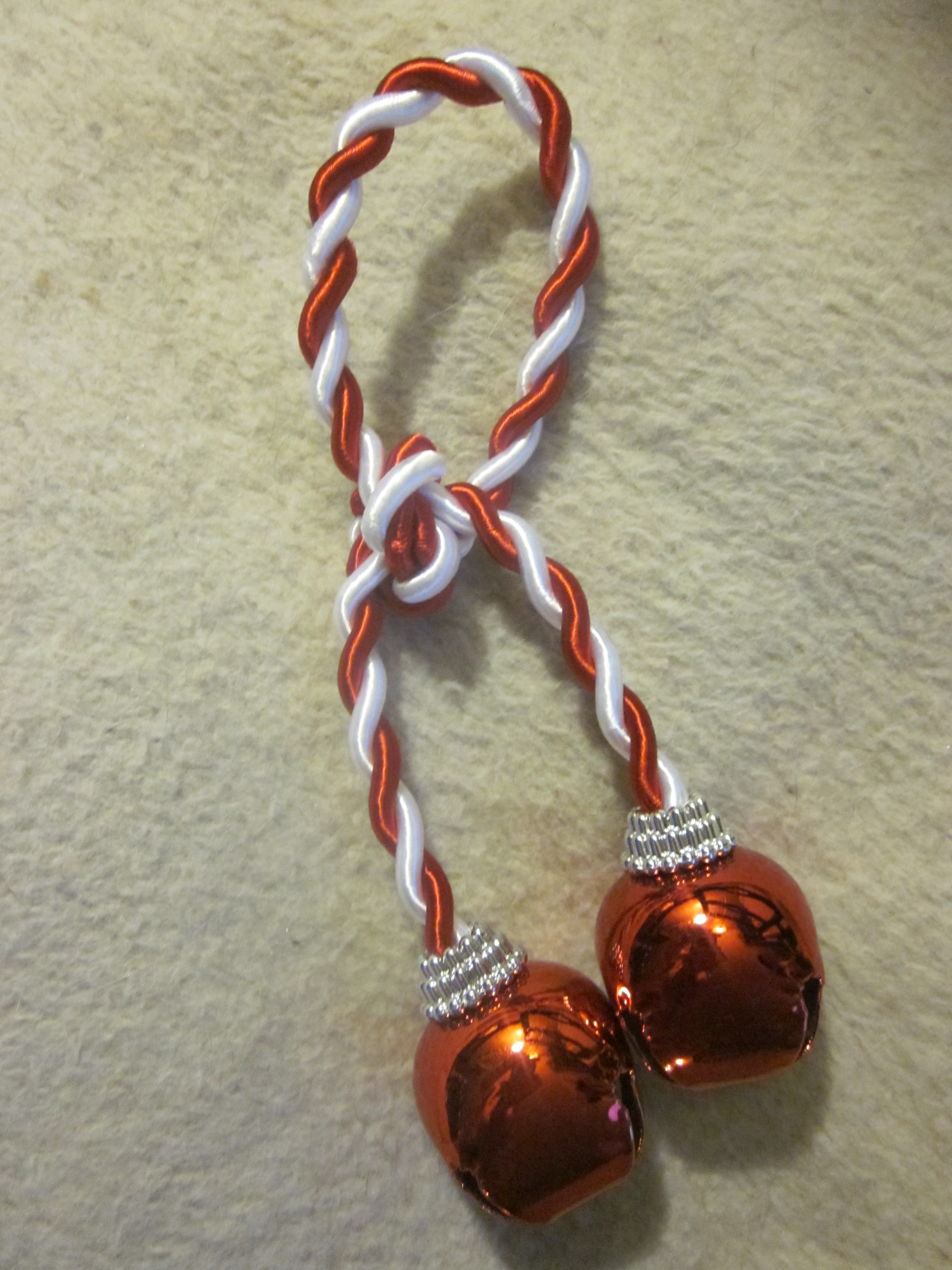 I looked at my young daughter, her stomach artistically decorated with bright markers. There was no doubt in my mind as to what had inspired her. The night before, we had read Purple, Green and Yellow by Robert Munsch, a children’s story in which the heroine, Brigid, “…colored her belly-button blue. And that was so pretty, she colored herself all sorts of colors almost entirely all over.” The artwork faded from my daughter’s skin, but her passion for books continued. Now, as an adult in her twenties, Andrea devours books, even if she refrains from plastering her belly-button with markers!
I looked at my young daughter, her stomach artistically decorated with bright markers. There was no doubt in my mind as to what had inspired her. The night before, we had read Purple, Green and Yellow by Robert Munsch, a children’s story in which the heroine, Brigid, “…colored her belly-button blue. And that was so pretty, she colored herself all sorts of colors almost entirely all over.” The artwork faded from my daughter’s skin, but her passion for books continued. Now, as an adult in her twenties, Andrea devours books, even if she refrains from plastering her belly-button with markers!
As a 5 X Mama, with four daughters and one son, I am convinced that one of the most important things you can do for your children is to read to them. Books have always played a huge role in my own life. My mother said, that as a child, I carried a book with me on outings, instead of a doll. Libraries were like treasures mines, complete with enticing covers, intriguing titles and dramatic tales. By the time I was eleven, I managed to talk the children’s librarian of our local library into hiring me as a page, to put books away and do other small duties. Finally, I entered the classroom as an English teacher, sharing novels, poems and drama with teenagers, before embarking on another exciting career, as a 5 X Mama. Naturally, books were right, left and centre in our home.
My husband shared my passion. When our babies were born, he read and re-read The Lord of the Rings trilogy, while he rocked fussy infants to sleep, and generously gave me some rest. Then when they were older – but not much older – he read the trilogy to them. When our youngest daughter turned 18 last November, her older sister, who once coloured her tummy-button, did much of the work planning a surprise Lord of the Rings theme party for her, complete with costumes, decorations and special food such as “orc pudding.” My husband, dressed up as Gandalph, read to his now adult children, from one of Tolkien’s books.
All of our lives we tell ourselves stories, and we share those stories with others. Words have the unique ability to create, to empower, and ultimately to determine the course of our days. When children hear a wide variety of stories, the possibilities for creative and imaginative excursions are endless. Through stories, children learn how to respond intelligently and sensitively to the many influences and circumstances of their lives. They learn to look beyond themselves to the needs of others and to relate compassionately to people different from themselves.
In 5 X Mama, one of my goals is to share some of the wonderful stories I enjoyed with my own children, as well as to explore newer books. The possibilities are endless and in this age of digital distractions, it is perhaps more important than ever, that books make an immediate and emphatic presence in children’s lives. Besides all of this, reading books with children is just plain fun and gives parents, grandparents and educators opportunities to connect and converse, that would perhaps otherwise be lost.
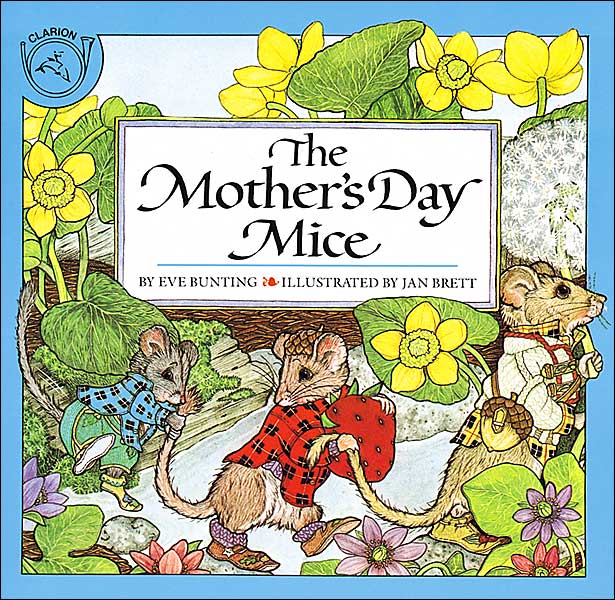
An enchanting Mother’s Day book to share with your little ones is The Mother’s Day Mice by Eve Bunting. Three mice, Biggest, Middle and Little, go on a private adventure to find just the right gift for their mother. In spite of courting near disaster with a cat, each finds something special. Little discovers the best gift within himself and in a spirit of generosity says that his present is from them all! Jan Brett’s detailed and colourful illustrations perfectly complement the text.
Do you have books you treasured as a child or enjoy reading to your children? I would love to hear about them! Have a memorable and blessed Mother’s Day!
Disclaimer: Copies of books discussed are my own or from the library, unlessotherwise stated.
